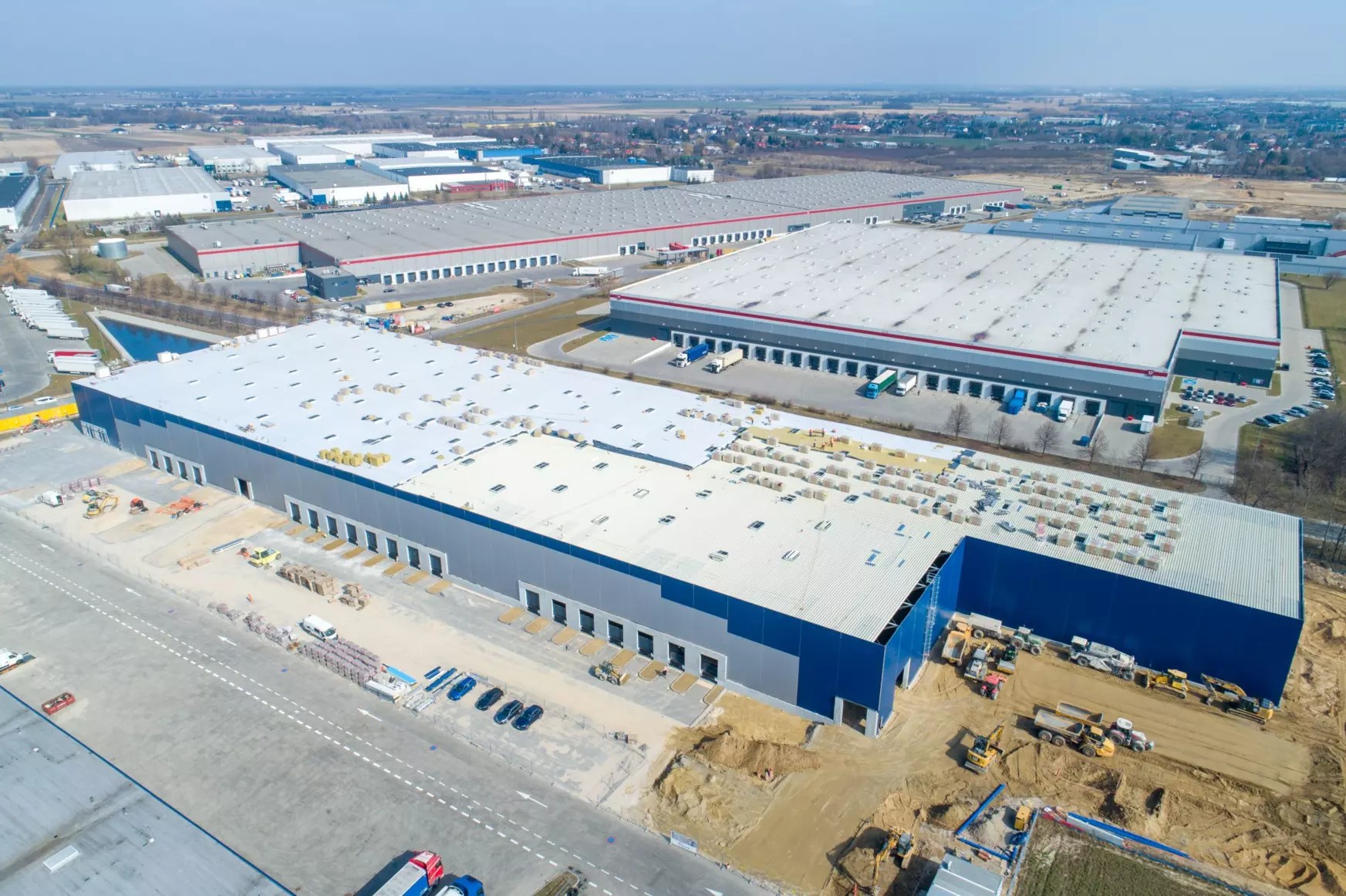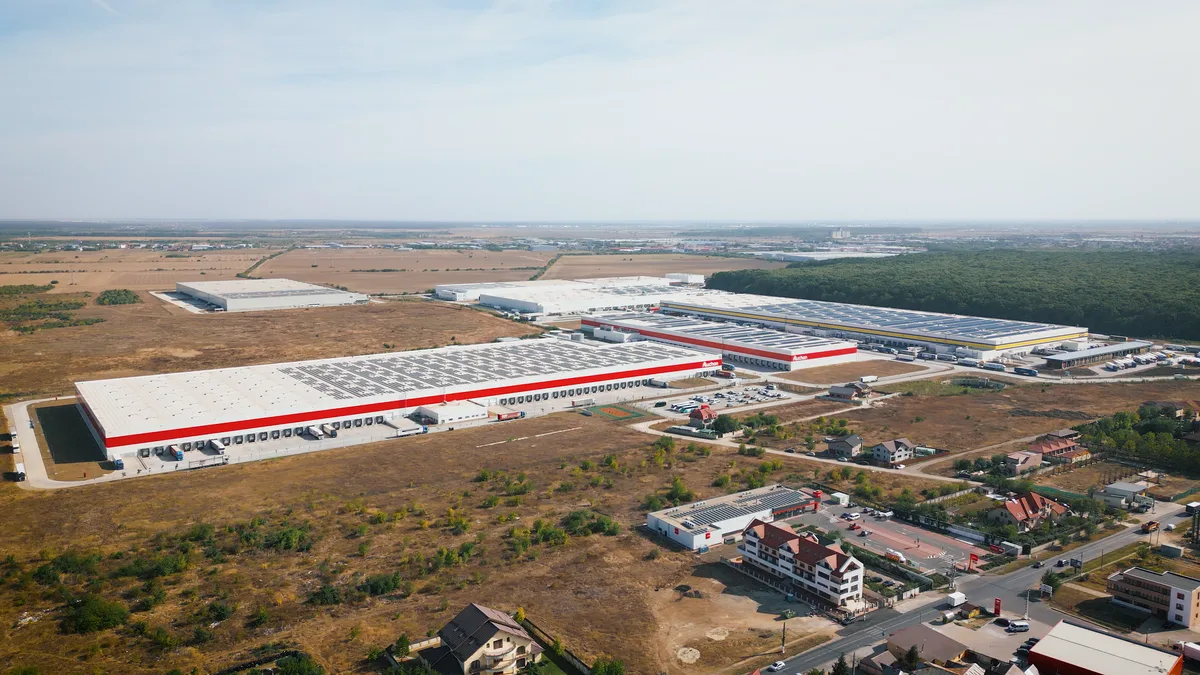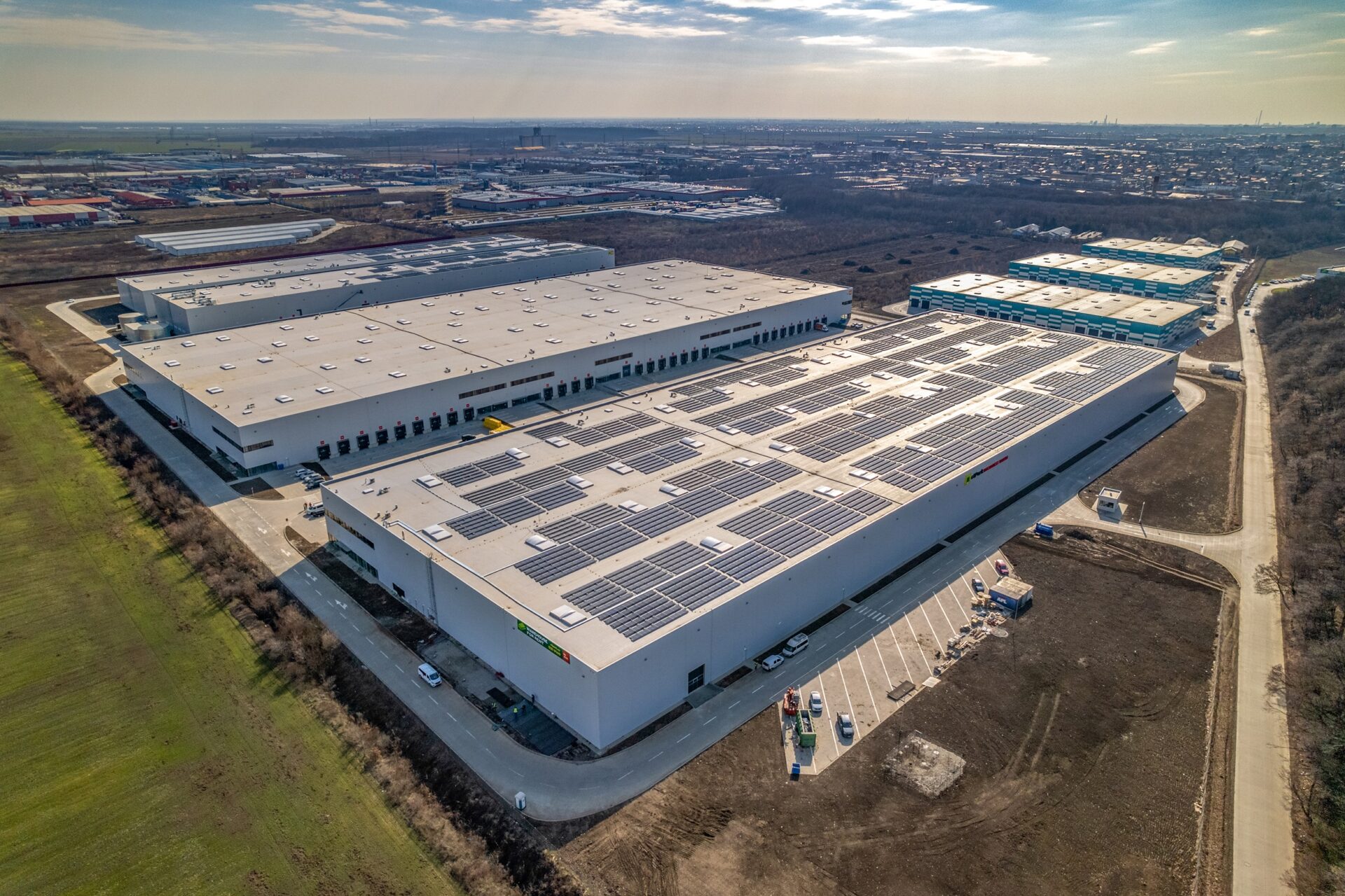The volume of investment deals in the Polish market of industrial and logistics properties in the first quarter of 2022 was €191 million. And although the current economic situation and the high level of uncertainty related to the war in Ukraine pose new challenges for the logistics sector, in the long term, there will be no significant changes in terms of the volume of demand and supply. However, the growth rate of this part of the market may be lower than in previous years – according to the 7R and Colliers report “Logistics and Industrial Sector: Development Paths from the 2022 Perspective”.
Unlike many other sectors of the economy, the pandemic proved to be one of the key drivers for the whole of the warehousing industry in 2021. This was due, among other things, to the increase in demand for courier and logistics services, which required the construction of appropriate facilities. Developers quickly responded to the increased demand. Their large banks of land meant that they could almost immediately start developing new facilities and respond to the growing needs of the market on an ongoing basis.
“The situation we observed in 2021 was unprecedented in many respects. The pande¬mic accelerated many processes that would normally have taken much longer, including digital transformation. It also highlighted the sensitivity of supply chains and made increasingly more companies decide to shorten them. The war in Ukraine is creating a great deal of uncertainty on the market. The economic consequences of these events are difficult to predict but, in the long term, we can expect several significant changes in the market of warehousing space. Becoming independent of Russia for energy will certainly give a new impetus to the development of clean energy in Europe, which will perhaps translate into the increased importance of sustainable industrial construction. On the other hand, the inevitable increase in rents will draw even more attention to the optimization of operating costs, as well as the significance of proptech solutions in this respect”, says Tomasz Lubowiecki, founder and President of the Management Board of 7R.
Opportunities and challenges for the industry in 2022
According to data from the consulting firm, Colliers, the total supply of modern warehousing space in Poland at the end of Q1 2022 was over 25 million sqm. Property developers put almost 1.3 million sqm into service at that time, which was the highest ever result in the history of the Polish market of industrial and logistical space. The past quarter also saw a record volume of space under construction. At the end of March 2022, it was 4.8 million sqm.
Many factors will determine whether the rate of growth of the market in 2022 will be similar to that of last year. Of these, undoubtedly the most important is still the potential escalation of the war in Ukraine and its economic consequences.
“Significant increases in construction costs were already noticeable since the start of the pandemic, although the war in Ukraine accelerated this process. Therefore, in the longer term, we can expect increases in base and effective rents, which are dictated, among other things, by higher raw material prices, as well as rising service charges and energy prices. This, in turn, can contribute to changes in the terms of the lease, because, to secure future revenues, property developers will be less inclined to offer long-term contracts (e.g. for 15 years) or short-term leases. However, it is worth noting that, although rents will increase, they will remain competitive in Western markets”, explains Maciej Chmielewski, Senior Partner, Director of Industrial and Logistics Agency at Colliers.
According to the authors of the 7R and Colliers report, the limited availability of construction materials and higher fixed costs of running investments are a major challenge both for developers of warehouse space and their tenants. They also draw attention to another very important issue, namely the shortage of workers in the construction and logistics sector, of which Ukrainian citizens accounted for a substantial proportion of employment to date. Following the outflow of almost one million people who left Poland for Ukraine, the industry is now facing a serious challenge to fill this gap. Otherwise, we will be facing serious difficulties, which will translate into delays in the construction schedules of individual investment projects and a slowdown in the growth of the new warehouse and logistics space.
Warehouses still on the radar of investors
It arises from the data contained in the 7R and Colliers report that the investment market in Poland in 2021 recorded a further jump in terms of logistical and industrial projects, which accounted for almost 50 percent of the capital committed – around €3 billion. Capitalization rates in this sector have been compressed by another 120 b.p. over the last year. This means a record low of 4.3 percent for prime multi-tenant properties and approx. 4 percent for large new properties let to individual tenants of good standing for more than 10 years.
In Q1 2022, the volume of investment deals on the market of industrial and logistical space amounted to €191 million. No significant differences in capitalization rates were recorded between the beginning of 2022 and 2021. The trend of a reduction in capitalization rates continued until the end of 2021. The end of the first quarter of 2022 brought a reversal of this trend, among other things, because of inflationary pressure.
“The geopolitical changes across our eastern border incited an obvious shock on the capital markets. In the initial phase, fund managers focused on the processes that had already started and assessed the impact of these effects on the profitability, stability and liquidity of the assets being acquired. They simultaneously applied a “wait & see” strategy to all new investment processes. However, an important aspect that affected the strength and length of this strategy was the source of capital. European capital had an excellent understanding of what being a member of the European Union and an active partner of NATO meant to the Polish property market, which contributed to the rapid identification of potential scenarios, most of which were positive for the ware¬housing property market and influenced the decision to also actively participate in new property purchase processes. U.S. capital was more cautious in the initial phase but is now also returning, looking for interesting, reliable projects. It is worth noting that capitalization rates for new processes are still very competitive,” says Łukasz Jachna, board member of 7R and Chief Capital Markets Officer
No single scenario for the market
Other than the limited availability of new sources of energy commodities and construction materials, even financial instability and high inflation levels are factors that the 7R and Colliers report mention as significant in the context of a potential, temporary decline in the investment attractiveness of the Polish industrial and logistics space market. However, the experts from both companies also mention opportunities for the further development of the industry, including in the form of increased interest in invest¬ments among entities from the east of Europe, a gradual increase in the size of the workforce enabling the construction of new facilities in an increasing number of sites and the development of smaller logistics markets, which have so far had the highest vacancy rates and available warehouse stock.
However, which of these aspects will gain in importance shortly will be largely determined by the scenario accompanying the events in Ukraine and, with it, the scale of military operations pursued in that country. As transpires from Professor Witold Orłowski’s macroeconomic analysis prepared for the report, the optimistic variant assumes a gradual stabilization of commodity prices and a normalization of the situation in terms of the activity of developers and the investment climate in Poland. For this to happen, relations between Russia and the other EU Member States should take a de-escalation course, while any tightening of these relations will result in a deterioration of the long-term outlook.







